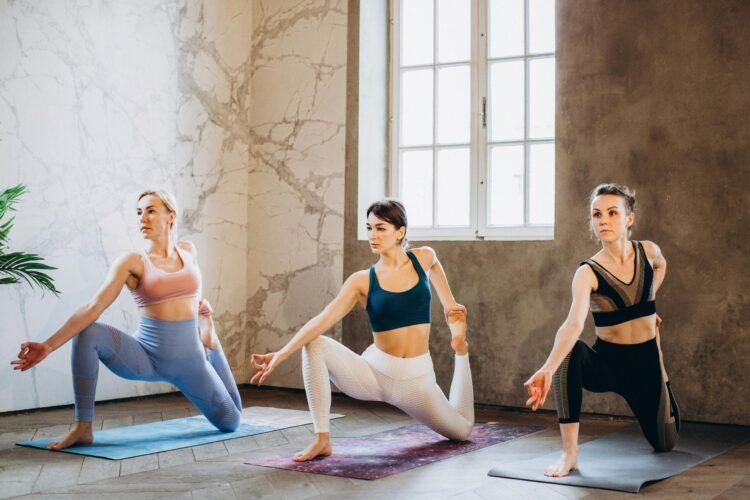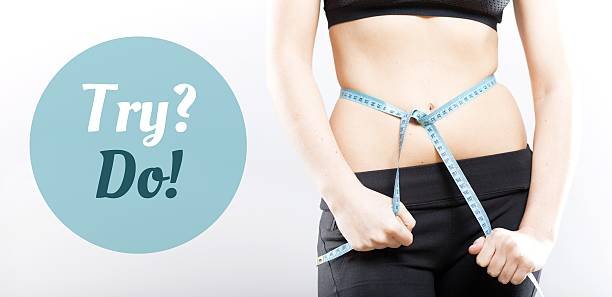Introduction
What is guided meditation? If you’ve ever struggled with traditional meditation, where you sit in silence and try to “clear your mind,” you’re not alone. Meditation can feel challenging, especially for beginners who find it difficult to focus or relax without guidance.
This is where guided meditation comes in. Unlike silent meditation, this provides verbal instructions, visualization techniques, and calming background sounds to help you relax and stay present. Whether you’re listening to an instructor in a live session or following a recorded meditation, this structured approach makes it easier to achieve mindfulness and deep relaxation.
But how does guided meditation work? What benefits does it offer? And how can you make it a part of your everyday schedule? In this guide, we’ll explore the science-backed benefits, different types, and the best ways to start your guided meditation journey today.
What is the process of guided meditation?
This is a structured form of meditation where a teacher, audio, or app leads you through the process. Instead of meditating in silence, you’ll follow spoken instructions that help you:
- Relax your body and mind
- Focus on your breathing
- Visualize peaceful settings or positive experiences
- Let go of stress and distractions
Think of guided meditation as having a meditation coach who gently guides your attention, whether through breathing exercises, visualization, or affirmations. This approach is especially helpful for beginners who might find it difficult to meditate alone.
Why Should You Try Guided Meditation? (Key Benefits)
This isn’t just about relaxation—it has scientifically proven benefits for your mind and body.
1. Mental Health Benefits
- Reduces stress and anxiety—Helps lower cortisol levels, the stress hormone.
- Enhances focus and concentration—trains your brain to stay mindful.
- Improves emotional regulation—helps you stay calm in stressful situations.
- Boosts cognitive function—strengthens memory and mental clarity.
2. Physical Health Benefits
- Lowers blood pressure—Helps manage hypertension naturally.
- Improves sleep quality—eases insomnia and restless sleep.
- Strengthens the immune system—lowers stress-related inflammation.
- Eases chronic pain—Helps the mind reframe pain perception.
3. Emotional & Spiritual Benefits
- Encourages self-awareness and mindfulness.
- Promotes self-love and positivity by reducing negative thoughts.
- Boosts creativity and problem-solving skills.
- Deepens spiritual connection (for those who seek it).
With consistent practice, this can transform your mental, emotional, and physical well-being.
4 Most Popular Types of Guided Meditation
1. Mindfulness Meditation
Mindfulness meditation helps you focus on the present moment without judgment. This practice encourages awareness of thoughts, emotions, and sensations, making it one of the best techniques for reducing stress and increasing focus.
2. Visualization Meditation
In visualization meditation, you’ll be guided to imagine a peaceful or empowering scene. Whether it’s a tranquil beach, a quiet forest, or your future goals, visualization meditations can boost relaxation, motivation, and confidence.
3. Loving-Kindness Meditation (Metta Meditation)
This meditation fosters compassion and love for yourself and others. You’ll be guided to send kind and positive thoughts to loved ones, acquaintances, and even difficult people in your life, helping to reduce negative emotions.
4. Body Scan Meditation
Body scan meditation focuses your attention on different parts of the body, helping you release tension and connect with your physical sensations. It’s an excellent practice for relaxation and reducing physical stress.
Pro Tip: If you struggle with sleep, try a sleep meditation that combines body scanning with deep breathing to help you drift into restful sleep.
Guided Meditation vs. Silent Meditation: Which One is Right for You?
| Feature | Guided Meditation | Silent Meditation |
|---|---|---|
| Best For | Beginners, stress relief, focus | Experienced meditators, deep mindfulness |
| Guidance Provided | Yes, verbal cues and techniques | No, self-directed meditation |
| Structure | Pre-planned, easy to follow | Requires self-discipline |
| Tools Needed | Audio, apps, or classes | None (or a timer) |
Both styles have benefits, but guided meditation is often the best starting point for beginners.
How to Practice Guided Meditation (Step-by-Step)
1️⃣ Find a Quiet Space—Choose a place where you won’t be interrupted.
2️⃣ Pick Your Resource—Use a meditation app, YouTube video, or podcast.
3️⃣ Set an Intention—Decide your focus: stress relief, relaxation, sleep, or mindfulness.
4️⃣ Get Comfortable—Sit in a chair, cross-legged, or lie down.
5️⃣ Follow the Guide’s Instructions— Close your eyes and immerse yourself in the experience.
6️⃣ Stay Consistent—Start with just 5-10 minutes a day and gradually extend your practice.
Best Guided Meditation Apps & Resources
Looking for the best guided meditation tools? Here are our top recommendations:
Meditation Apps:
- Calm is great for sleep and relaxation.
- Headspace is best for structured, beginner-friendly meditations.
- Insight Timer offers free guided meditations on various topics.
YouTube Channels:
- The Honest Guys are popular for relaxation and sleep meditations.
- Great meditation is short and effective mindfulness sessions.
Books & Courses:
- The Miracle of Mindfulness is a classic by Thích Nhất Hạnh.
- The MBSR program is the Mindfulness-Based Stress Reduction Course.
Key Takeaways:
- Guided meditation provides structure and step-by-step guidance.
- It helps reduce stress, improve sleep, and boost overall well-being.
- There are many free and paid resources available to start practicing today.
Start small, stay consistent, and enjoy the benefits of guided meditation in your daily life!
Conclusion:
This is one of the easiest and most effective ways to reduce stress, improve focus, and enhance mindfulness. Whether you’re new to meditation or looking to deepen your practice, it’s a powerful tool for mental clarity and emotional balance.
FAQs
1. What is guided meditation, and how does it work?
This is a practice where an instructor provides verbal guidance to help you relax, focus, and achieve mindfulness.
2. How long should a guided meditation session be?
Sessions can range from 5 minutes to an hour, depending on your goals and schedule.
3. Do I need to sit cross-legged to meditate?
No! You can sit in a chair, lie down, or find any comfortable position that works for you.
4. Can guided meditation help with anxiety?
Absolutely! Studies show that guided meditation lowers stress levels and reduces anxiety by promoting relaxation and mindfulness.
5. Is guided meditation religious?
Not necessarily. While some meditations have spiritual themes, many are secular and focus purely on relaxation and mindfulness.



